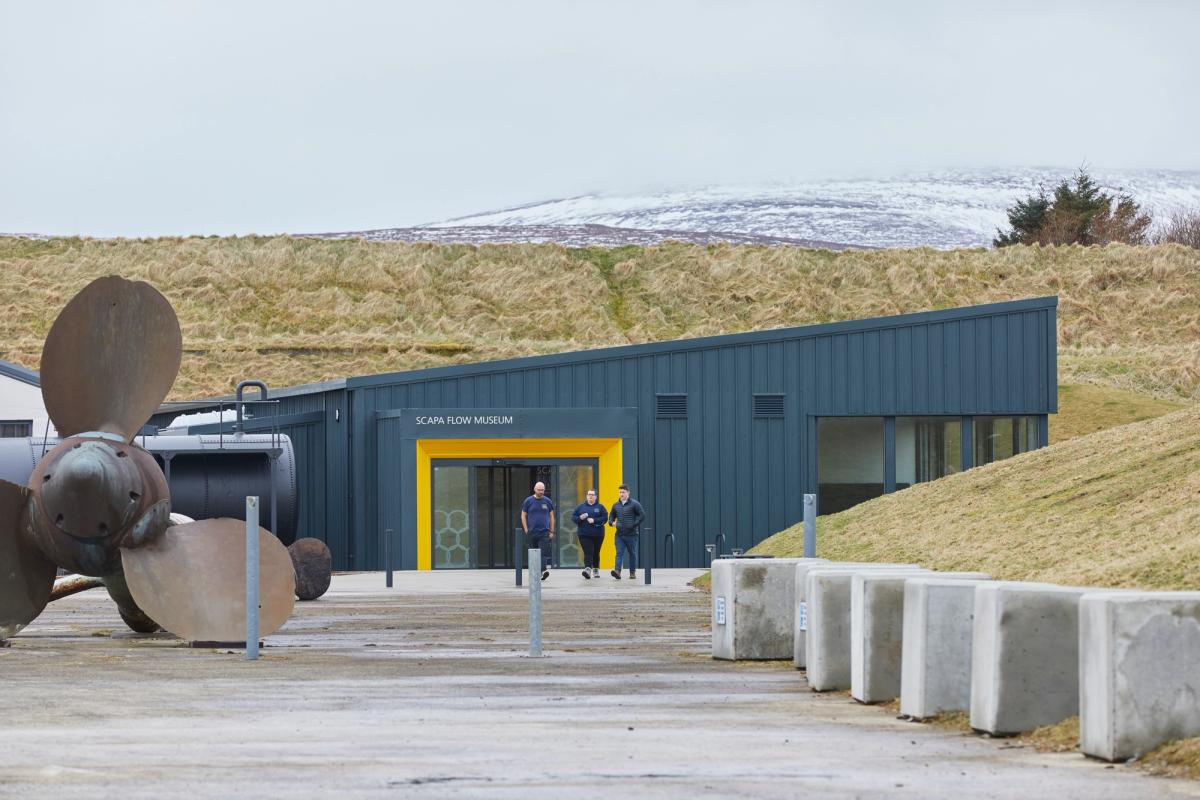A little-known museum on the Orkney isles that reopened last year is one of five British museums selected as finalists for the 2023 edition of the Art Fund Museum of the Year, the world’s largest museum prize.
Art Fund has picked out the Scapa Flow Museum on the island of Hoy—which has a population of 400 people—in Scotland’s Orkney archipelago. The museum recently underwent a £4.4m redevelopment following eight years of fundraising. It is situated on the naval base at Lyness on Hoy, and tells the story of the Orkney Island’s singular significance in the sea-born, naval battles of both the First World War and the Second World War. War historians have credited the base as playing a pivotal role in the defence of the UK’s shores in both world wars.
Joining the Scapa Flow Museum on the Art Fund Museum of the Year shortlist are the Burrell Collection in Glasgow, Leighton House in London, the Metropolitan Arts Centre (MAC) in Belfast and the Natural History Museum, also in London. The winner will be announced at a ceremony at the British Museum in London on 12 July and will receive £120,000. The winning amount has increased for 2023 to mark 120 years since the establishment of the Art Fund charity in 1903. £15,000 will be given to each of the four other finalists.
In a statement, Jenny Waldman, the director of Art Fund, describes the shortlisted institutions as a “blueprint for future innovation in museums”.
“The shortlisted museums may operate at very different scales, but all show astonishing ambition and boundless creativity,” Waldman says. Each museum has variously exhibited “transformational redevelopment to community involvement to addressing the major issues of today”, she adds.
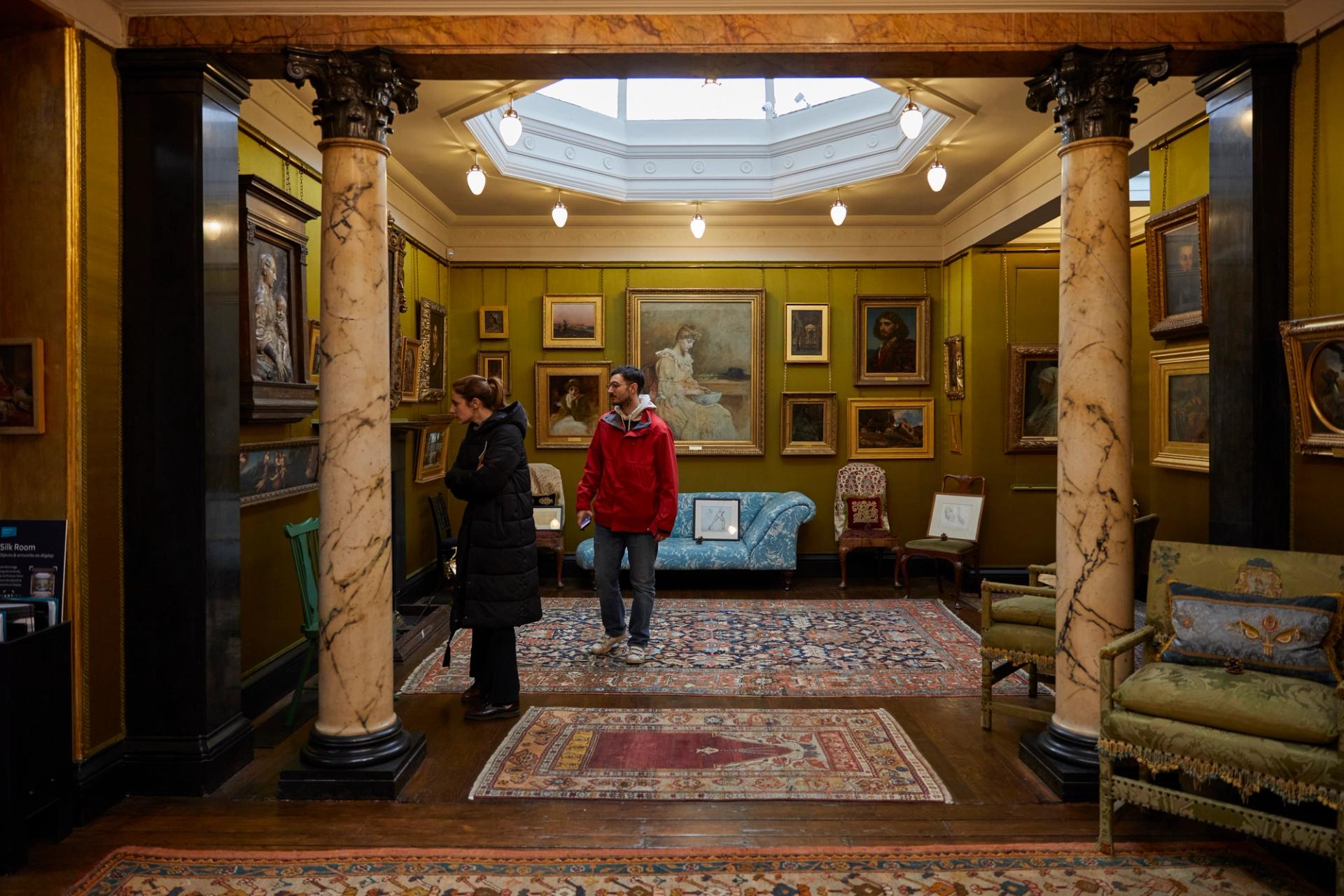
Leighton House in Kensington, London © Janie Airey, courtesy Art Fund
Leighton House is also a relatively new return to the UK’s museum community. The former studio-home of the Victorian artist and collector Frederic Leighton has been a public museum since 1900 but reopened in October 2022 after a £7.8m refurbishment that began in 2008. Leighton, the Yorkshire-born son of a doctor, was a dedicated collector of art from the Middle East, and his home, hidden in the climes of London's upmarket borough of Kensington and Chelsea, is a wunderkammer of Islamic art and architecture. The house now includes an 11m-high, hand-painted mural by the Iranian artist Shahrzad Ghaffari which decorates the walls of a newly constructed helical staircase. The museum is owned and operated by the local council and is run by just 14 full-time staff members.
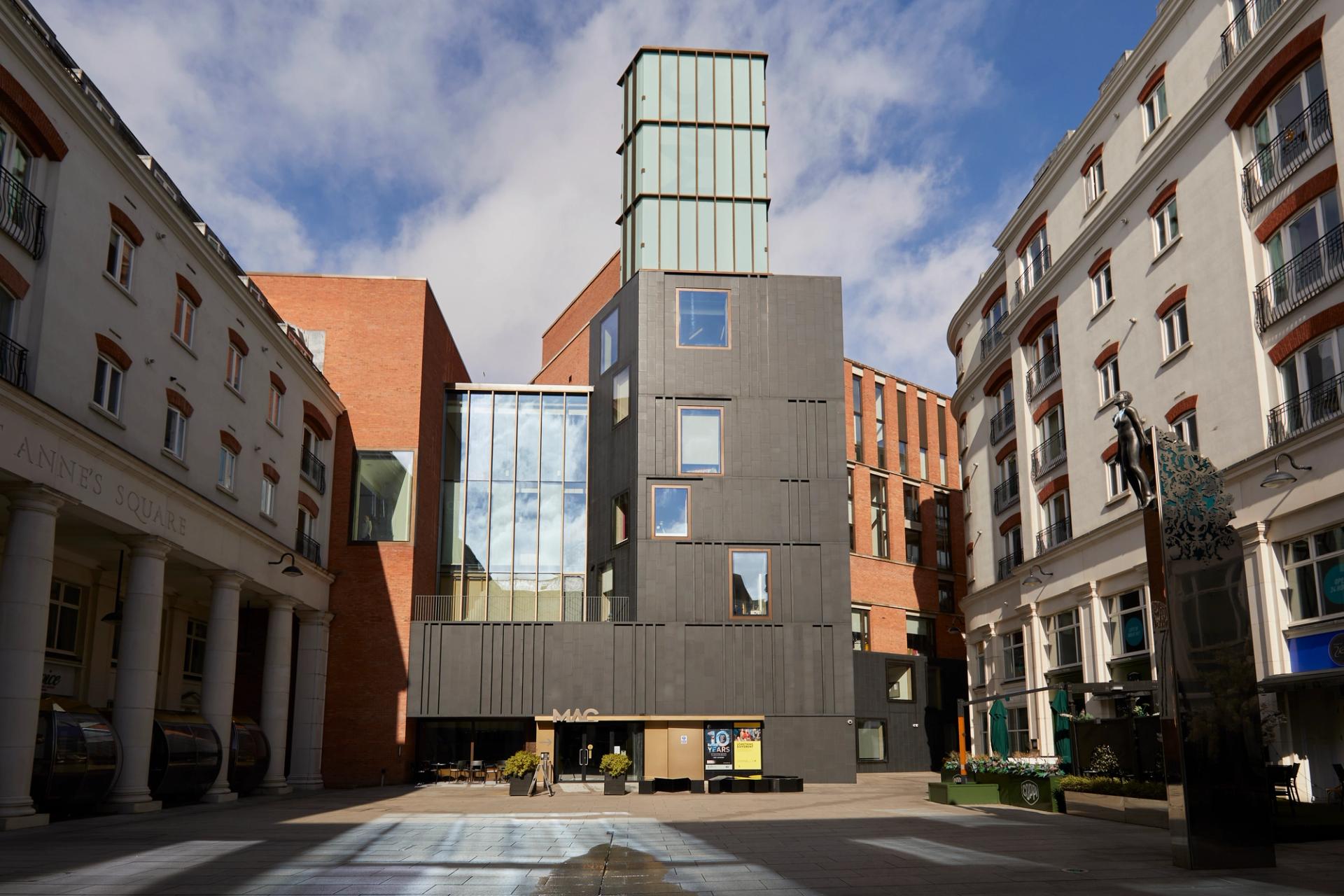
The MAC, Belfast © Janie Airey Art Fund
The MAC, the contemporary art museum in Belfast, is shortlisted just as it celebrates its tenth birthday, and just as Northern Ireland marks 25 years since the signing of the Good Friday Agreement. The region’s cultural sector has played a pivotal role in fostering cross-sectarian dialogue in the years since the agreement was signed, and the MAC has been recognised by the Art Fund primarily for its MACtivate programme, a cultural initiative that reaches and engages some of Belfast’s most marginalised and conflict-laden communities.
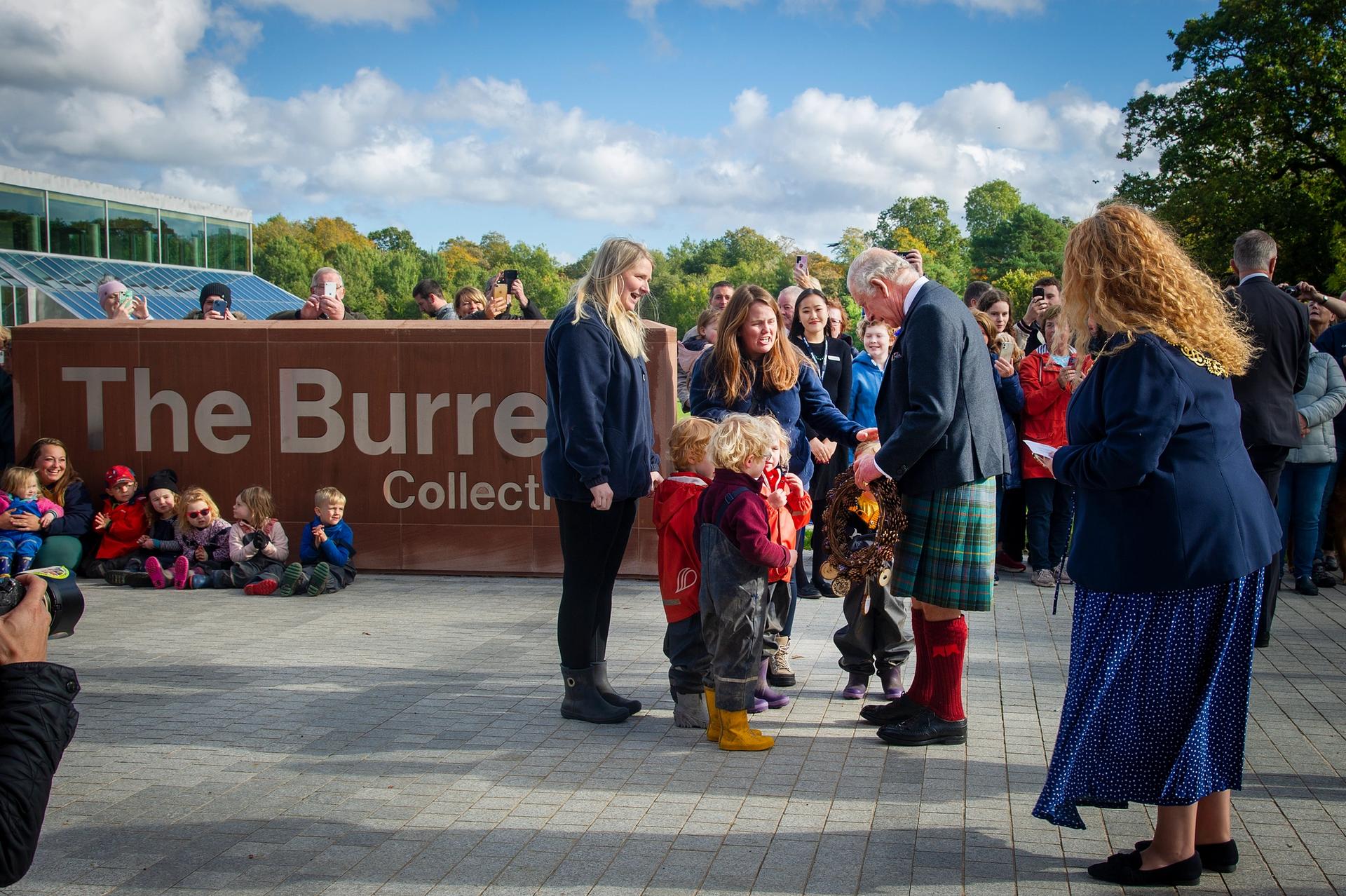
King Charles officially reopened the Burrell Collection in October 2022 © Glasgow Life, courtesy Art Fund
In Pollok Country Park, on the south side of Glasgow, Scotland, the Burrell Collection is surrounded by fields, woodland and a fold of Highland cattle. The art collection of the Glaswegian shipping magnate William Burrell has been housed here in since 1983. But it reopened to the public again in March 2022 after a six-year, £68m refurbishment.
Burrell amassed his collection in the late 19th and early 20th century. A review of the museum in The Art Newspaper notes that: “Art collections do not come much more steeped in white, male, wealth-driven narrative than this one.” But the museum has been recognised by the Art Fund for the way staff have retained, reshaped and reframed Burrell’s collection for the 21st century, which included a wide-ranging partnership programme with local schools and a range of community groups from across Glasgow.
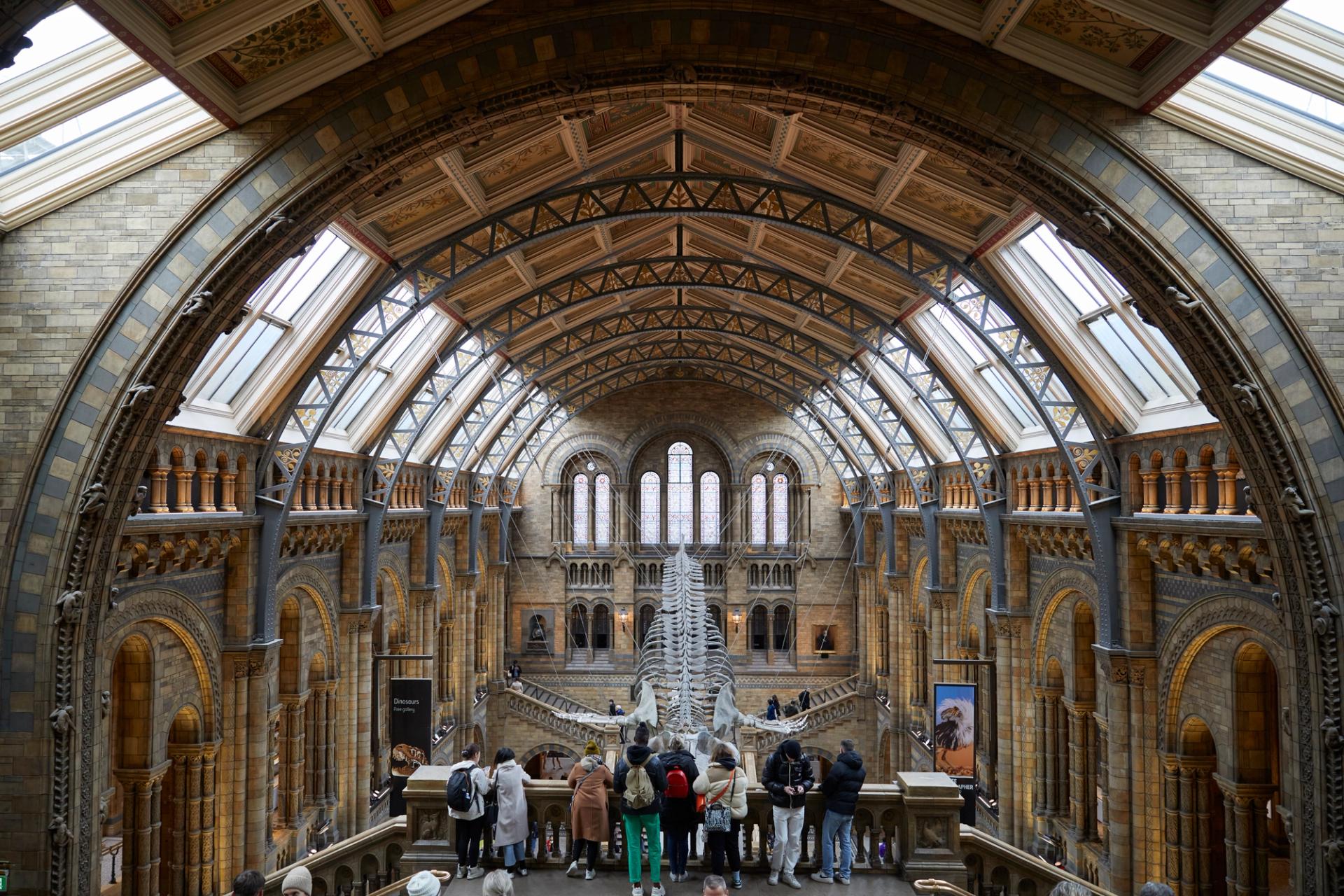
Natural History Museum, London © Janie Airey, courtesy Art Fund
Completing the quintet is the National History Museum in South Kensington, London. The institution is the most-visited indoor attraction in the UK and the custodian of one of the world’s largest collections of scientific artefacts, comprising more than 80 million specimens. The museum has been chosen because of the way it has enlivened its collection for a generation concerned with the consequences of rapid climate change. The museum employs 350 scientists who recently launched the Biodiversity Intactness Index, which summarises biodiversity loss in response to human pressures, using data from ecological studies conducted around the world. More than 54,000 species are included in the index.
The museum presented key findings from the index at the UN climate change conference COP27 in November 2022, helping governments develop their climate change policies on a scientific footing. The museum’s exhibition Our Broken Planet: How We Got Here and Ways to Fix It, on show from May to August 2022, welcomed over 1.2 million visitors.


